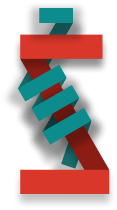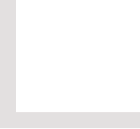SupremePunk #140
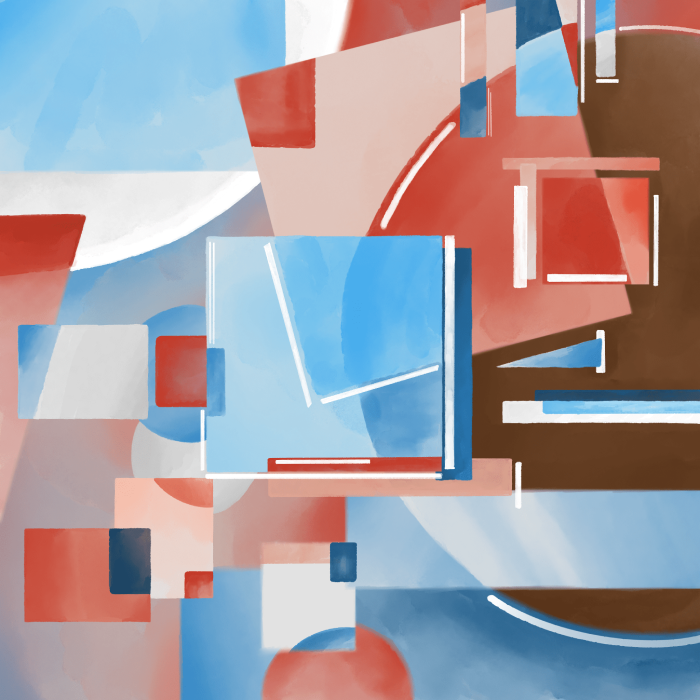
Transient Reverie
This SupremePunk is inspired by CryptoPunk #8545 Michael Graves' murals.
Circular elements prevail in the background of this work, with quadrilaterals in the foreground, which, like glass, distort the image, becoming the framework of what the viewer perceives first. The dominant colors are reds and blues in their many shades and manifestations. The character's face is partially hidden from the viewer: about three-quarters of the face, a red square eye, a sharp cone nose, and a white and blue strip of lips are visible. The translucent squares overlaid on the face emphasize the ephemeral, enigmatic nature of Punk's image.
Of Punk's noteworthy artistic traits, we can also note the schematic glare that accompanies the key elements of the image: the squares in the center of the canvas and Punk's facial features. They are absent on minor details.
The stylistics of this work are reminiscent of Michael Graves' murals.
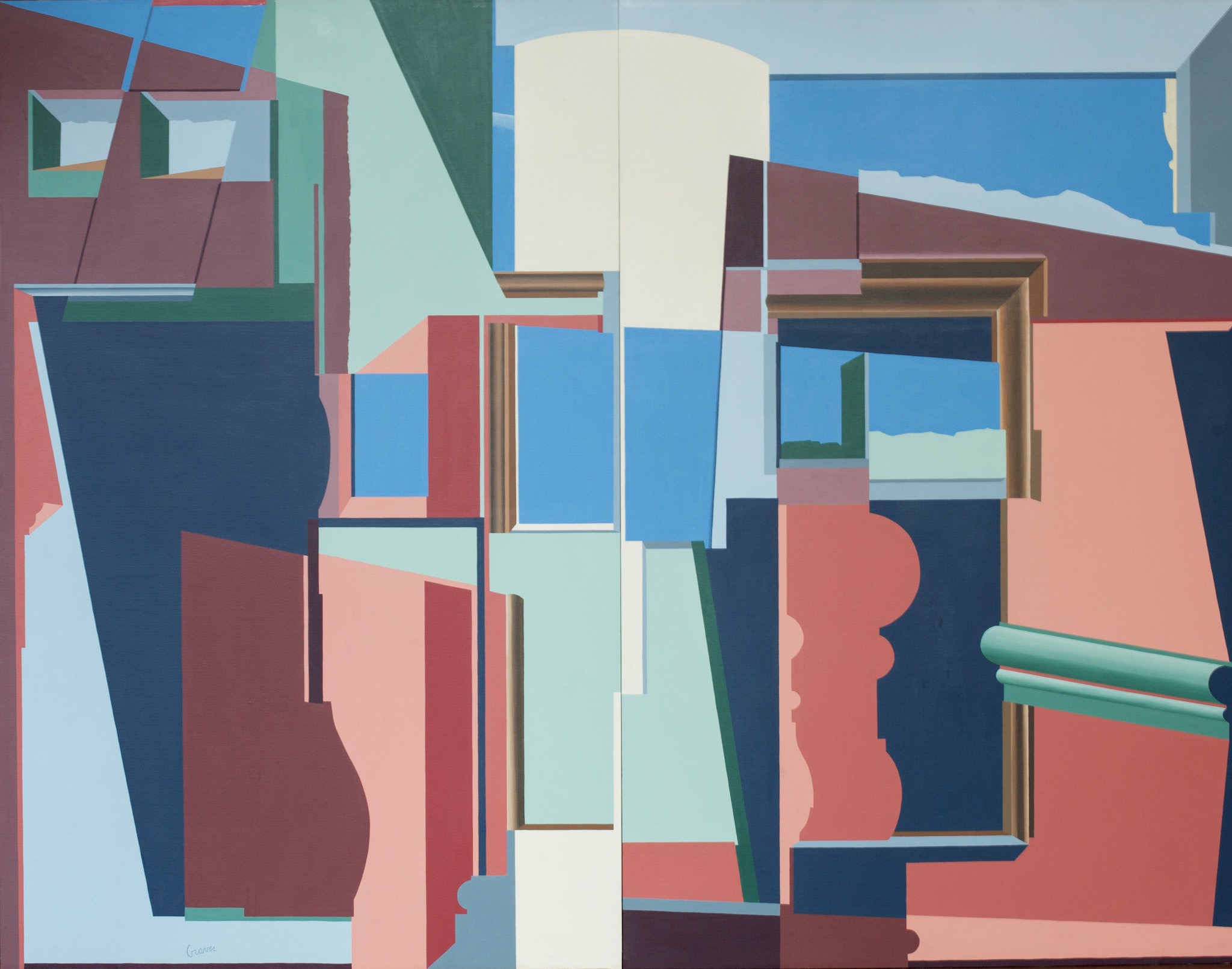
One of Michael Graves murals
Michael Graves is mostly known as an architect, designing buildings all over the world, from The Hague to Florida. He influenced such architectural movements as New Urbanism, New Classicalism, Postmodernism. But in addition to architecture, he also designed furniture and individual objects. And in 2015, the world became aware of the Michael Graves murals he created back in 1974, which only came into the possession of the Brooklyn Academy of Music after the architect passed away.
These murals emphasize the superiority of color over form, and the scale of each of the canvases - there are only eight, each measuring 90 by 50 inches - is one example of a departure from minimalism in late 20th-century decorative art.
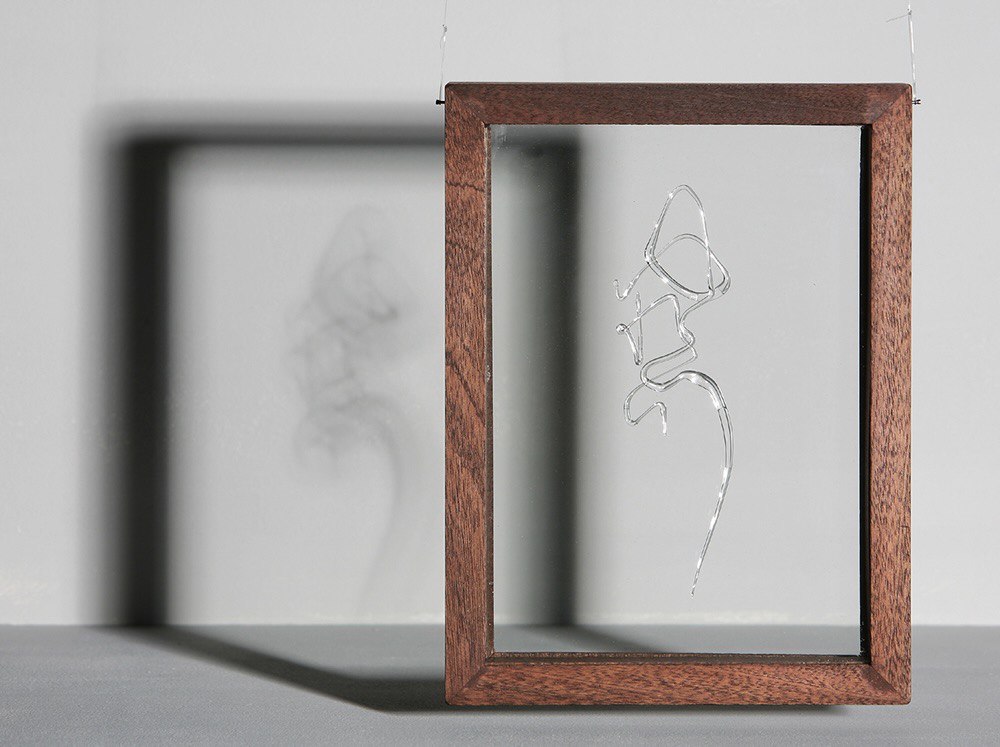
Ayako Tani — Neon Ghost, 2010
Going back to the idea of SupremePunk elements overlapping like glass, it's worth looking at how glass is used in art beyond something as obvious as stained glass. One of the prominent contemporary artists in this field is Ayako Tani. She uses glass as an ink with which to create a pattern in three-dimensional space.
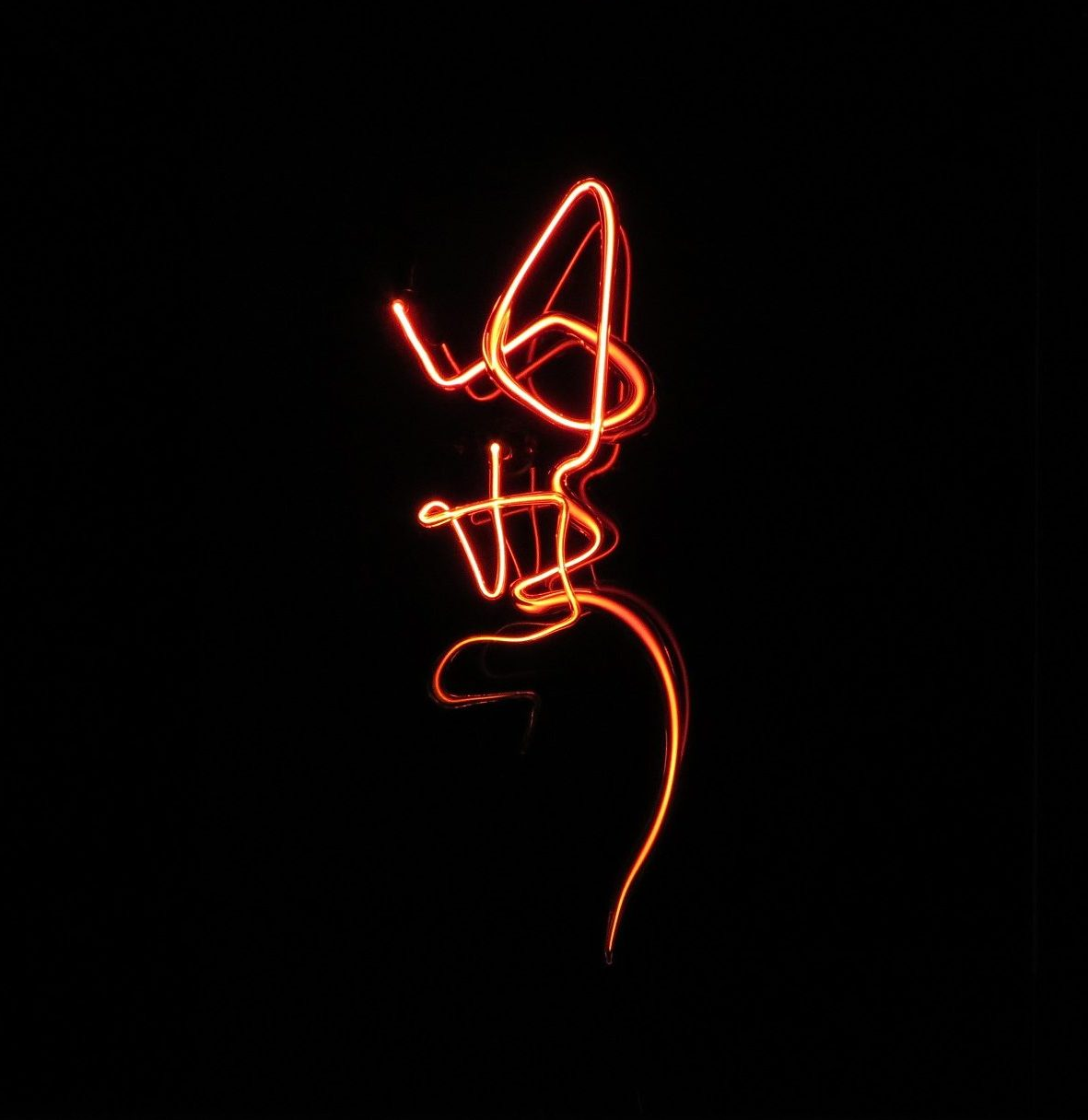
Ayako Tani — Neon Ghost, 2010
As the artist herself says, the value of glass as an artistic medium is the ability to capture in it the moment of creation when the material is still unbearably hot, and to preserve that moment unchanged for thousands of years. One of her works, Ghost, an attempt to capture the calligraphic writing of a given word in Japanese in glass creates an indecipherable and ephemeral image that conveys the concept of "ghost" more accurately than any words.

Buy

Gallery:
CryptoPunk #8545 that has been taken as a base

Your transaction is in progress

You have connected to the wrong network

Transaction is successful!

